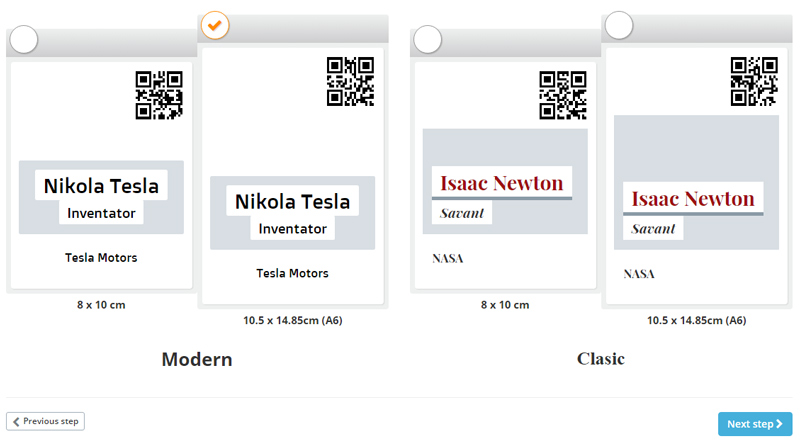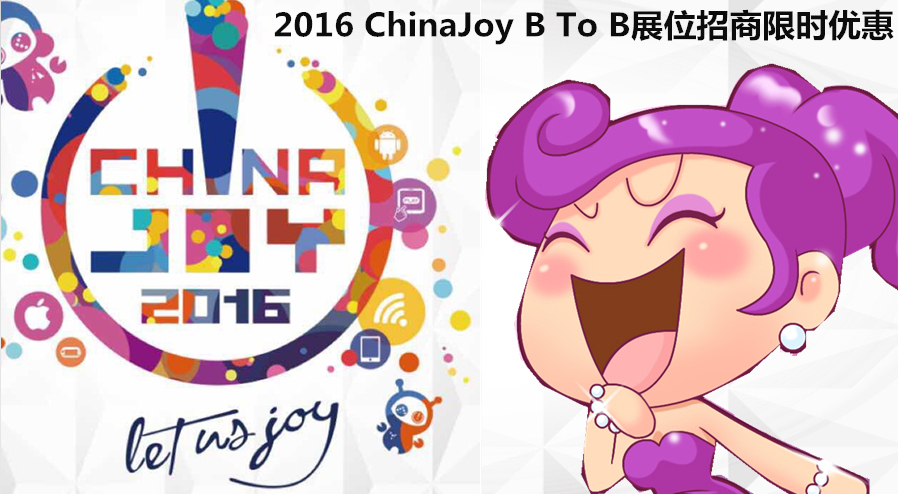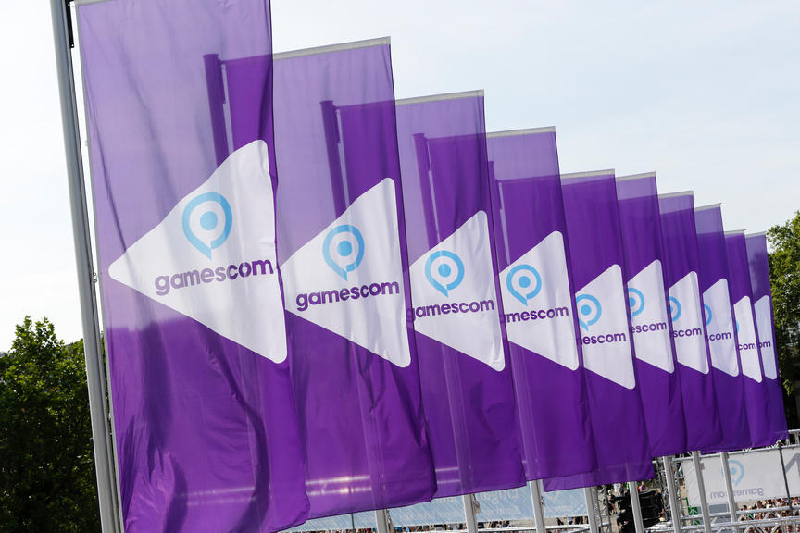Badges. We all want these small items, because they are our gateway to the event. Backstage passes, VIP badges, press badges or regular entrance badges, we’ve all come across them, regardless of the event. Small and sometimes unnoticeable, badges are one of the most important elements that can make an event good or bad. And while a nice badge will make your attendees wear it with pride and keep it as a souvenir, a bad one can also help. It won’t stand out from the crowd but it will do the trick of getting you inside the venue for your event.

So, badges are important for events, but can also be a big burden for the organizer. Ever wondered how it feels to manually create 100 badges for your event? Well, if you think it’s a pain… try to think about big events such as ICEEfest (3500+ badges) or even WebSummit (40.000+ badges), all of them personalized and separated in different categories. If you’re an event organizer, you know what we are talking about, but if you are just planning your first event, you are about to embark on a journey that could be easily called “the nightmare of badges”. Of course, there are some tips and tricks on how to overcome it.
So you have your event planned, tickets are sold or you have several attendees registered. Now comes the badge part. Once someone comes to the event venue, he will be welcomed at the access point, where he will have his ticket checked and badge given. How do you make the badge attractive, so that people will wear it and use it during the event?
1. Create one badge to rule them all
When it comes to badges, size does matter J. There are different regular badge sizes but generally, the standard sizes are: 8×10 cm and 10.5 x 14.85cm (A6). Basically you can do it any size you prefer, but it’s easier to follow the standards as usually the badge goes into a plastic pocket and unless you want to create a personalized pocket, you might want to go the traditional way.
2. Information is the key
The badge has a limited space and you might want to select what information goes there. It is essential that it contains the First Name and Last Name of the attendee, preferably in that order. Then you might want to add important information, such as the name of the company that the attendee works for or his position in the company. You can add other information as well, but make sure that the text isn’t cluttered. A badge full of text will become unreadable and that is definitely not its purpose.
3. Designing your event badge
 A white badge is not a good badge – it will probably end up in the garbage bin at the end of the event. Badge design is vital for your event, as it reflects the whole image of the event. Besides the graphic elements that vary from one event to the other, you might want to take into consideration the badges for different categories at the event. The regular attendee badge should be different from the VIP badge or Press badge. Also, a complex event can have different venues and different ticket options, so badges can help your organizing staff determine the identity of any attendee. To do this differentiation you can use various colors or designs. Your call.
A white badge is not a good badge – it will probably end up in the garbage bin at the end of the event. Badge design is vital for your event, as it reflects the whole image of the event. Besides the graphic elements that vary from one event to the other, you might want to take into consideration the badges for different categories at the event. The regular attendee badge should be different from the VIP badge or Press badge. Also, a complex event can have different venues and different ticket options, so badges can help your organizing staff determine the identity of any attendee. To do this differentiation you can use various colors or designs. Your call.
4. Adding sponsors to the event badge
Yes, badges are the most attractive elements for the sponsors. Why? Because everyone gets a badge at the event and if your main sponsor is well positioned on the badge, everyone’s eyes will see the company’s logo. The badge “spot” is a precious one so you might want to consider a single sponsor to be positioned on the badge. That way you might get a good sponsorship just because you are playing the badge game correctly.

With Oveit, badge design is easy and fun
5. Additional badge usage
Depending on your event, the badge might also prove useful for other things as well, not only access. For example, by unfolding the badge you might get the map of the event venue, the event schedule, or both. Thus, the badge can turn into your personal event assistant with just a couple of flips.
As you’ve seen, badges can be a lot of things and can be a useful tool for your event. The most important thing, however, is that the badge can be a mirror of your event. If it’s done in a professional way, then there’s a good chance that your event will be professional. Spend time on your badge design and your event will benefit from it. Guaranteed!
We also have a little secret regarding the time spent to defeat the “badge nightmare”. Time to unravel it: Go to Oveit.com, create an account and you’ll find our Badge design tool. Activate it and you can do thousands of personalized badges with just a couple of clicks. You don’t believe us? Give it a try and you’ll never want to use another badge design tool ever again.

 You might also want to check out some interesting books about concerts and tours. One of them is “
You might also want to check out some interesting books about concerts and tours. One of them is “






